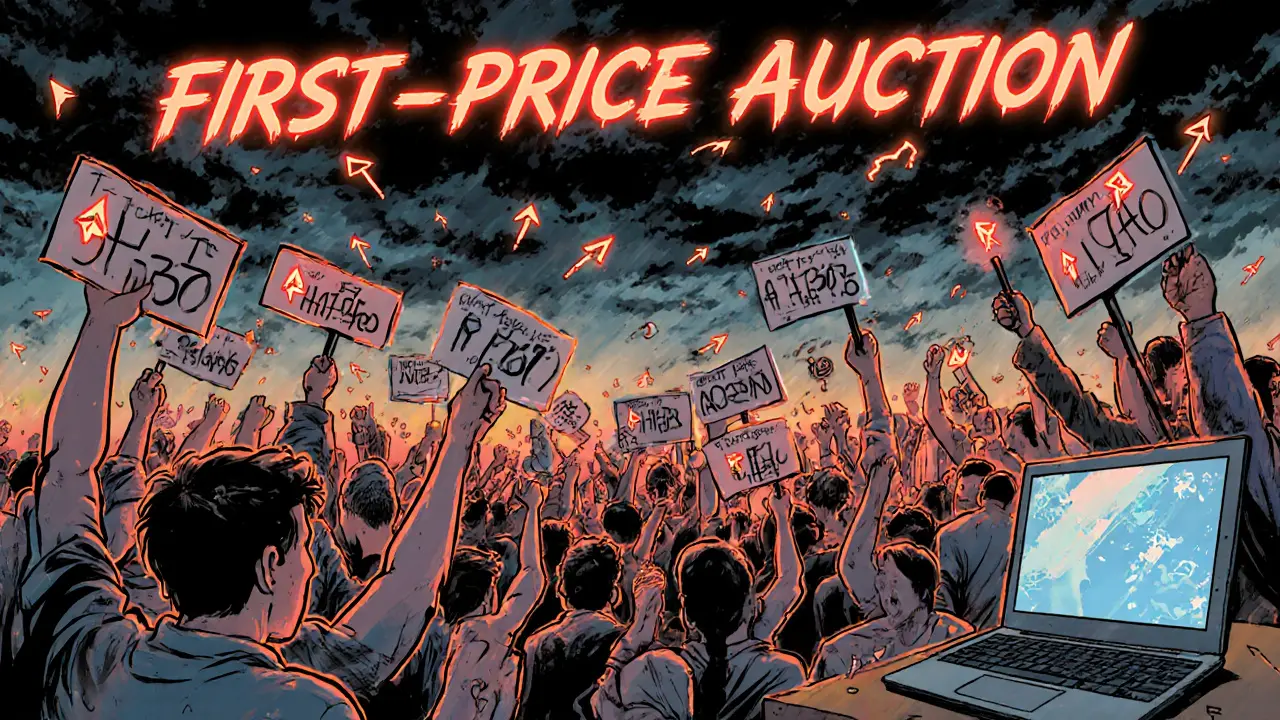Fee Burning in Crypto: How Token Burn Mechanisms Drive Value
When a project fee burning, the process of permanently removing tokens from circulation by sending them to an unrecoverable wallet. Also known as token burn, it’s not just a marketing trick—it’s a core part of tokenomics, the economic design behind a cryptocurrency’s supply, distribution, and value mechanics. Unlike inflationary systems that print more money, fee burning does the opposite: it takes tokens away, making each remaining one potentially more valuable.
This isn’t theoretical. Projects like Binance Coin (BNB) have burned over $7 billion worth of tokens since 2017, directly tying each burn to trading volume. Every time you pay a trading fee on Binance, a portion of that fee gets used to buy back and destroy BNB tokens. That’s deflationary token, a token designed to reduce its total supply over time to increase scarcity in action. Other chains like Ethereum also burn fees after the London Upgrade—over 5 million ETH have been burned since 2021. That’s not a giveaway. It’s a structural shift that changes how investors think about supply.
But not all burns are equal. Some projects burn tokens randomly or only during hype cycles. Real fee burning is automatic, transparent, and tied to network usage. You can track it on blockchain explorers. If a project claims to burn fees but doesn’t show public receipts, it’s probably just noise. The best implementations link burns directly to user activity—trading, staking, paying for gas—so the more the network is used, the more tokens disappear. That creates a feedback loop: usage drives scarcity, scarcity drives demand, demand drives price.
Fee burning also interacts with other concepts like blockchain economics, the study of how incentives, token supply, and transaction fees shape network behavior. If a chain charges high fees but burns them, users might pay more upfront knowing the long-term value of the token could rise. That’s why Ethereum’s fee burn helped stabilize its price during market downturns—holders saw the supply shrinking even when prices fell.
What you’ll find in the posts below isn’t just theory. You’ll see real cases where fee burning made a difference—and where it didn’t. Some tokens burned millions and vanished anyway. Others used it smartly, turning a simple mechanic into a long-term value engine. You’ll also learn how to spot fake burns, what regulators are watching for, and why some exchanges now display live burn counters. This isn’t about guessing. It’s about understanding what’s actually happening on-chain—and why it matters for your holdings.
EIP-1559 transformed Ethereum's fee system by burning the base fee, reducing ETH supply and making gas costs predictable. Learn how it works, why it matters, and how it affects your transactions.

